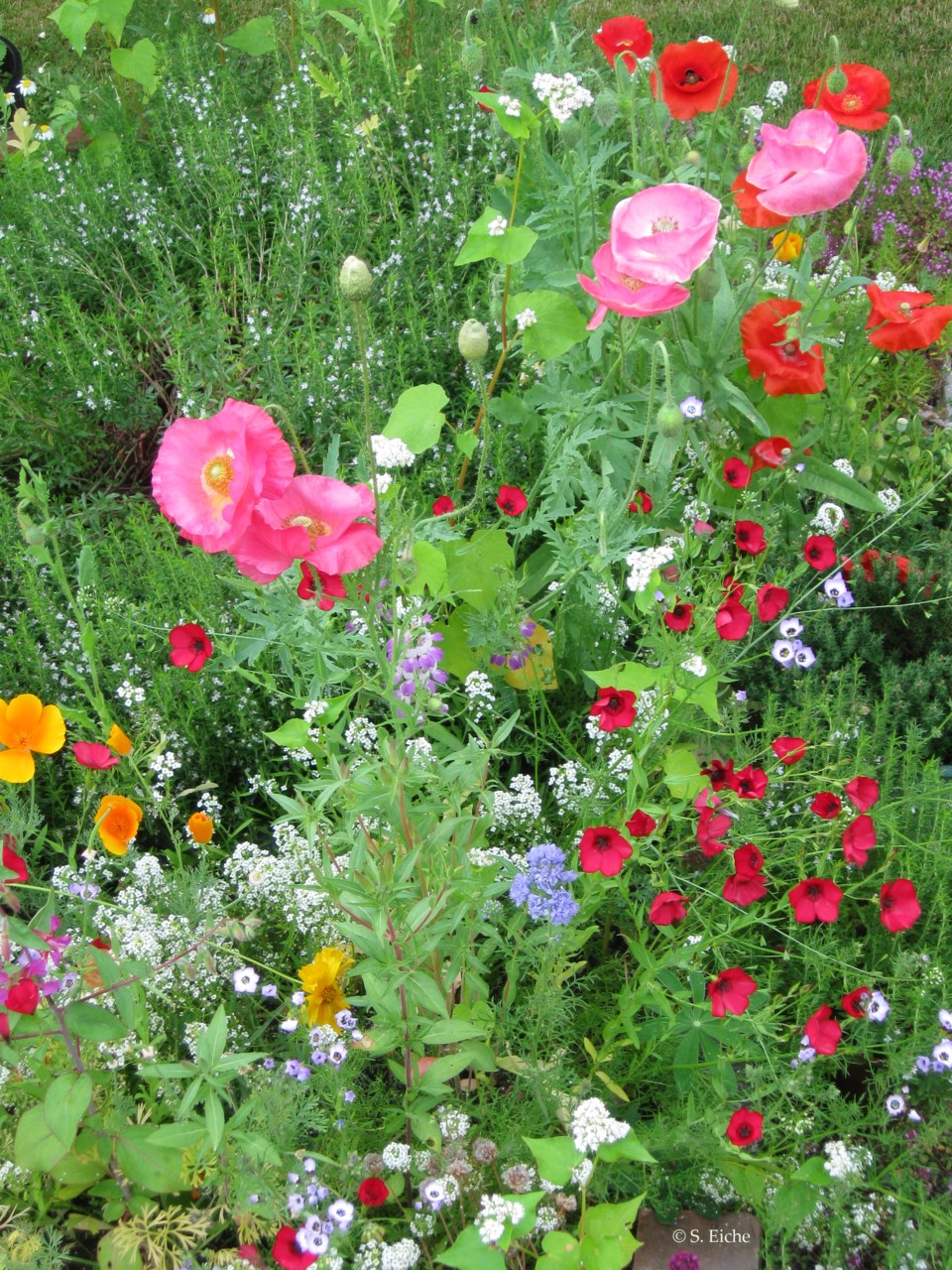Nearly everyone I know, who is of my generation and younger (as well as a few of the even older generation) has a smartphone (with apps), but I don’t.
The app that seems to be most popular right now among my smartphone-owning friends is one that can tell you what is what in nature. You point your smartphone at, say, a flower or tree you don’t recognize, take a photo, and you get an instant identification. Always the right one? Well, I remember when a friend took a photo of a tree and the app said it was an olive tree! Hmmm, I know what an olive tree looks like, having lived in their midst for over thirty years. The tree in question happened to be an invasive species, Ailanthus altissima, commonly known as the tree of heaven! Very different from the olive in countless ways.
I used to feel sheepish about being so steadfastly anti-smartphone and consequently anti-app. Until last month, that is, when I read an opinion piece in The Guardian by Adrian Chiles, a fifty-five year old British columnist who seems to be (or have been) an app addict. He admits to having second thoughts now about the fast and easy access to facts made possible by apps, because information acquired in such a way doesn’t sink in. As Chiles says, “Curiosity needs to ripen awhile. If the thirst for a bit of knowledge is slaked in an instant, the fact tends not to stick.”
In the days before computers and apps we had illustrated books to help us identify whatever we wanted to identify in nature. I still have mine. I also held on to seed catalogues because they were full of photos and descriptions of flowers. Tracking down the identity of a certain plant was always time well spent. And when your eyes, not the lens of the smartphone, do the looking, you see much more, because your eye traces the lines of the plant and fills in the colours. What you see registers in your mind. That’s why drawing the plant is also helpful in finding, and remembering, an identification. You’re engaging your mental faculties.
Moreover, when you, rather than the smartphone app, become the researcher, you learn the names of the different parts of the plant because they are terms that you can use to hunt down the identification. A flower isn’t just something decorative on a stem, it’s composed of various parts, all of which play a role in the life of the flower. Before it emerges, the flower is covered by sepals, the protective coat. When the flower opens we see the petals, which surround the reproductive organs of the flower – the pistil (female, produces the seeds, comprises the stigma, style, pollen tube, ovary and ovules) and the stamen (male, produces the pollen, comprises the anthers, where pollen is created, and filaments). And this is just the very top of the plant!
When the force driving the search is your mind not your smartphone, you have the chance to see a lot of other things along the way. The world – our existence – isn’t made up of isolated bits that pop up on a small screen. It’s made up of stimulating connections and links, chance sightings, serendipitous encounters. To quote Adrian Chiles once more: “Knowledge is wonderful, but wonderment is better.”
Sabine Eiche is a local writer and art historian with a PhD from Princeton University. She is passionately involved in preserving the environment and protecting nature. Her columns deal with a broad range of topics and often include the history (etymology) of words in order to shed extra light on the subject.



